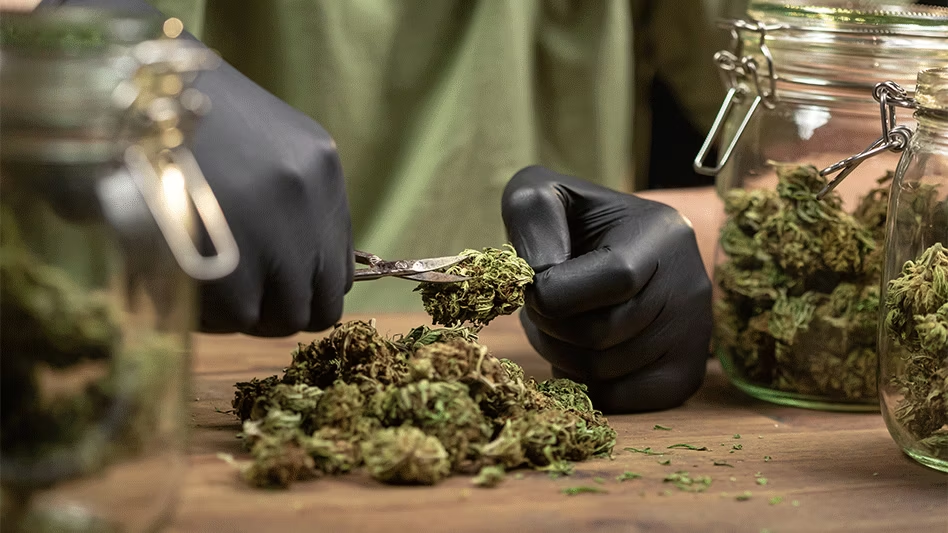
Cannabis cultivation has advanced significantly in recent years. With the growing demand for cannabis products, efficient methods for handling the crop are more important than ever. Cannabis trimmers are vital tools in the industry. They allow cultivators to manage the delicate task of trimming cannabis plants in a faster and more efficient way. These machines are designed to trim excess leaves and buds, enhancing the overall quality and appearance of the product.
Efficiency of Cannabis Trimmers in Cultivation
Cannabis trimmers play a key role in improving the efficiency of cannabis cultivation. They are designed to reduce the amount of time spent on the trimming process. Instead of relying on manual labor, which can be slow and exhausting, cannabis trimmers automate much of the work. This speeds up the process and allows for higher output with less effort. As the cannabis industry continues to grow, so does the need for efficient cultivation practices. Modern cannabis trimmer addresses this demand by providing a fast, reliable solution to an otherwise time-consuming task.
Cannabis Trimmers Streamline Harvesting Processes
Trimming cannabis by hand can be a tedious task that requires a high level of skill and attention to detail. By using cannabis trimmers, cultivators can streamline the entire harvesting process. These machines are built to handle the precision needed to ensure that only the necessary parts of the plant are trimmed. They offer a level of consistency that is difficult to achieve with manual trimming, which can vary depending on the worker’s experience. The result is a more uniform and professional appearance for the cannabis buds, making them more appealing to consumers.
The Role of Automation in Cannabis Trimming
Automation has become a crucial factor in enhancing efficiency across various industries, including cannabis cultivation. With cannabis trimmers, automation reduces the reliance on labor and minimizes human error. Automated trimmers can operate for long hours, providing consistent results without the fatigue or mistakes that can occur with manual trimming. This ensures that the trimming process is done quickly and effectively, allowing cultivators to meet the increasing demand for cannabis products without compromising quality.
Benefits of Using a Cannabis Trimmer Over Manual Labor
Manual labor for cannabis trimming has several disadvantages. It is time-consuming, labor-intensive, and often results in inconsistent trimming. By using a cannabis trimmer, growers can eliminate these issues. These machines are designed to trim efficiently, saving valuable time. They also reduce the strain on workers, improving overall productivity and reducing labor costs. Cannabis trimmers can work around the clock, which is impossible for human laborers. This allows growers to meet tight deadlines while ensuring that the product remains of high quality.
Cannabis Trimmer Maintenance for Longevity
To keep cannabis trimmers operating at peak efficiency, regular maintenance is essential. Cleaning and oiling the trimmer after each use ensures that the blades remain sharp and the machine runs smoothly. Proper storage is also important, as leaving the trimmer exposed to moisture or dust can cause damage over time. Regular maintenance prevents the buildup of resin and other materials that can affect the trimmer’s performance. By maintaining the trimmer, growers can extend its lifespan and continue to use it for many harvesting cycles.
Conclusion
Cannabis trimmers are an essential tool for any serious cannabis cultivator. They improve efficiency by speeding up the trimming process, reducing labor costs, and ensuring consistent, high-quality results. The use of automation allows for faster production without sacrificing the quality of the product. With proper maintenance, cannabis trimmers can provide long-term value, helping growers keep up with demand while improving their overall cultivation practices.\